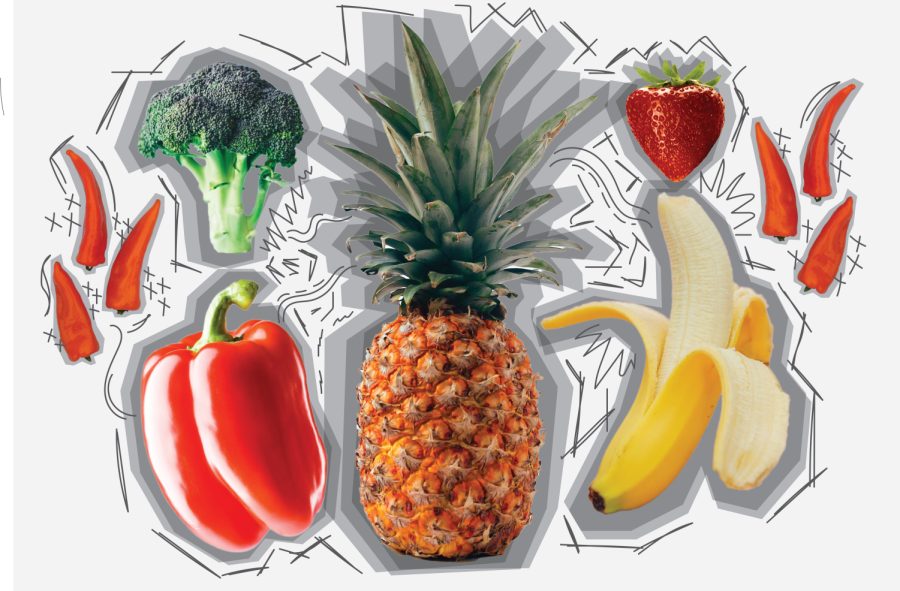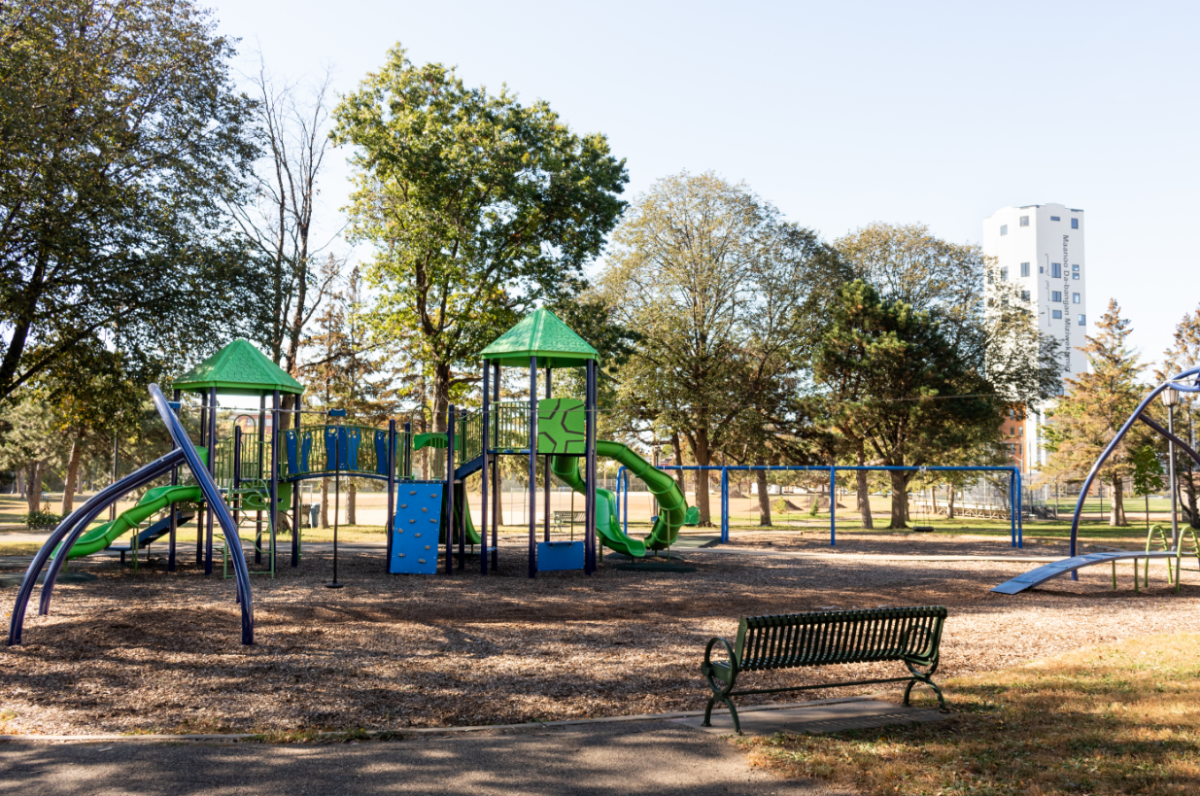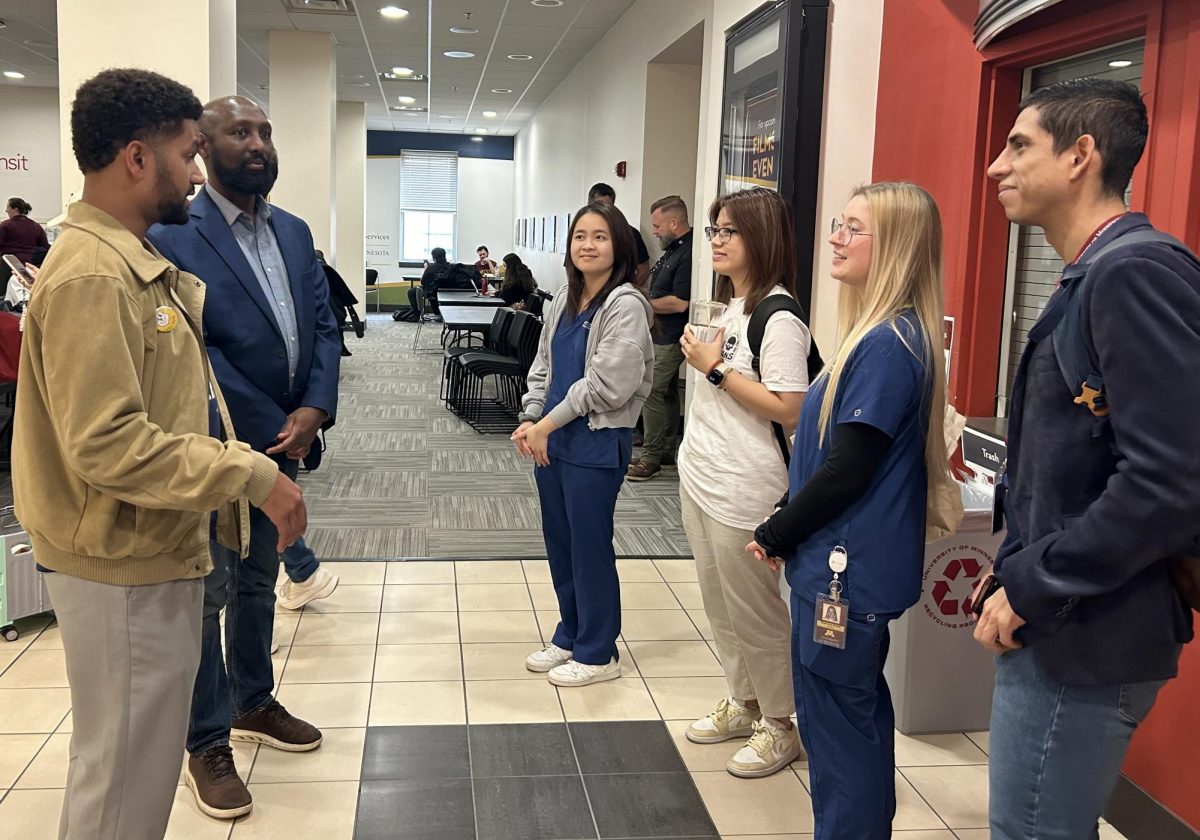The University of Minnesota’s Vegetable Working Group is collaborating with local immigrant farmers to breed and grow vegetables commonly found in the cuisines and cultures of African immigrants.
Due to climate and growing conditions in Minnesota, many types of produce are not available in grocery stores around the area. After seeing this gap impact immigrants in local communities, Rex Bernardo, director of the University’s Plant Breeding Center, created the group of graduate students and postdoctoral students in April 2021.
Together with local farmers, the group is growing and breeding leafy green crops, such as spider plants and jute mallows, to be more suitable for Minnesota’s climate. Over the past two weeks, the group has started to hold conversations with immigrant farmers who want to grow these crops sustainably, according to Bernardo.
“It’s an idea I had in the back of my mind for a while,” Bernardo said. “I read an article on NPR about how immigrant communities in the Twin Cities have a lack of access to vegetables that are important to their local cuisines to their families. The article said that the African vegetables produced by Hmong growers would be sold out early in the morning on a Saturday morning at the different farmers markets.”
Most of the farmers have been familiar with these crops their entire life. The group is now working to understand the growing processes, according to University doctoral student and Vegetable Working Group member Mary Jane Espina.
Moses Momanyi, a Kenyan immigrant farmer of 15 years based in Minnesota, is working with the group and sharing his land with about 13 other immigrant farmers.
Growing vegetables not often found in Minnesota grocery stores has increased business for Momanyi and other immigrant farmers. They often sell these crops at farmers markets or to wholesale retailers, he said.
“I’m from China, and sometimes I go into the Asian store to look for veggies that are unique to our race and I wish there were more crops that can grow here,” said postdoctoral student and Vegetable Working Group member Yinjie Qiu.
The group planted several leafy green crops on the St. Paul campus last summer and are planning to grow in locations closer to farmers this summer, doctoral student and group member Michael Burns said.
The group is also beginning to breed crops and seeds so they can be produced in a shorter amount of time, according to doctoral student and group member Leisl Bower-Jernigan. Since the limited growing season in Minnesota doesn’t allow many crops to survive, the group is also focused on breeding leafy vegetables for adaptivity to winter weather conditions.
“When we think of plant breeding, we think of crop improvement, but most of the crops we are dealing with are tropical crops,” Espina said. “The traits that we are trying to improve or look at are mostly related to adaptation in Minnesota.”
According to Burns, involving immigrant farmers in these conversations encourages their input on what traits they would like to see bred into the crops and on growing techniques.
“Working with the Vegetable Working Group to identify the traits we want in things such as fruit and foliage, techniques of seeding and pinning down days of maturity are important for us to grow successfully,” Momanyi said.
Many farmer’s expressed concern over genetically modified organisms, where plants are artificially modified in a laboratory rather than with traditional cross breeding. To address this, the group is using a plant breeding technique called traditional hybridization. In this, two plants are bred, seeds are harvested, grown and then evaluated to find the best resulting plant.
Avoiding making genetic modifications to plants that have cultural significance preserves the stable relationship between researchers and immigrants, Momanyi said.
“If the University acknowledges how we identify ourselves and with our food, we feel honored that way,” Momanyi said.














CapnRusty
Feb 16, 2022 at 12:09 pm
Good luck with the pineapples and bananas.